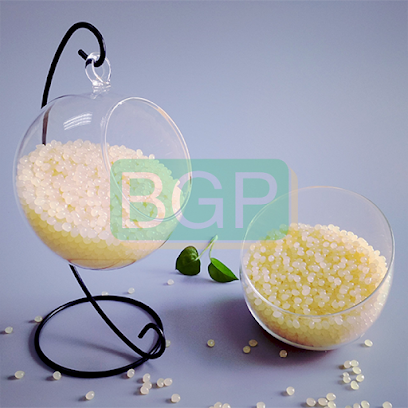Hot Melt Adhesive: A Comprehensive Guide
Hot melt adhesive often referred to as hot glue, is a versatile and widely used industrial adhesive that offers numerous advantages for various applications. This remarkable adhesive solution is known for its rapid bonding, versatility, and cost-effectiveness, making it an invaluable tool across a wide range of industries. In this comprehensive guide, we will explore the world of hot melt adhesive, uncovering its benefits, applications, and why it has gained a prominent place in manufacturing and production processes.
Hot melt adhesive is a type of thermoplastic adhesive that is solid at room temperature and transforms into a liquid or molten state when heated. It typically consists of polymer resins, wax, and additives. This adhesive is applied in its molten form, allowing for quick and efficient bonding. Once it cools, it solidifies, forming a strong and durable bond.
Advantages of Using Hot Melt Adhesive
1. Swift Bonding
One of the most significant advantages of hot melt adhesive is its remarkable speed in creating bonds. Unlike other adhesives that require drying or curing time, hot melt adhesive sets within seconds of application, resulting in faster production processes and reduced downtime.
2. Versatility in Material Compatibility
Hot melt adhesive is renowned for its ability to bond a wide range of materials, including plastics, metal, paper, wood, fabric, and more. This versatility makes it a top choice for industries where multiple materials need to be securely bonded.
3. Strong and Durable Bonds
The bonds created by hot melt glue are not only fast but also exceptionally robust. These adhesives provide high tensile strength and can withstand various environmental conditions and stress, ensuring the longevity and reliability of the end products.
4. Clean and Neat Application
Hot melt adhesive application is clean and virtually mess-free. Since it is applied in its molten state, there are no solvents involved, making it an environmentally friendly choice. Its clean application minimizes maintenance and cleaning efforts.
5. Wide Temperature Range
Hot melt adhesive exhibits excellent temperature resistance. It remains stable and effective across a broad temperature spectrum, from freezing cold to scorching heat, making it suitable for applications in various environments.
6. Cost-Effective Solution
The rapid bonding properties of hot melt adhesive lead to lower labor costs due to increased production efficiency. Additionally, the minimal waste generated during application contributes to overall cost savings.
7. Reduced Downtime
In a competitive manufacturing landscape, minimizing downtime is crucial. Hot melt adhesive's quick setting time and durability help reduce downtime during production, contributing to higher productivity and profitability.
8. Ideal for Automation
With the growing trend of automation in industries, hot melt adhesive seamlessly integrates into automated systems. Its predictable performance allows for precision bonding, which is essential for high-quality, consistent production.
9. Enhanced Product Aesthetics
Hot melt adhesive creates a nearly invisible bond line, making it an excellent choice for applications where the appearance of the final product matters. This is particularly significant in industries like packaging, where aesthetics influence consumer choices.
10. Eco-Friendly Choice
As environmental concerns become more pronounced, hot melt adhesive shines as an eco-friendly adhesive solution. Its solvent-free nature and minimal waste generation align with the increasing demand for sustainable manufacturing practices.
Applications of Hot Melt Adhesive
Hot melt adhesive finds applications in various industries, including but not limited to:
Packaging: Hot melt adhesive is widely used for sealing cartons, bonding labels, and creating secure packaging for various products.
Automotive: It is used for headliner assembly, bonding interior components, and securing electrical wiring harnesses.
Woodworking: Hot melt adhesive is essential for bonding edge bands, laminates, and veneers in furniture and cabinetry.
Product Assembly: In the electronics and appliance industries, it is used to assemble components and secure parts in place.
Bookbinding: Hot melt adhesive plays a crucial role in bookbinding, ensuring that pages remain intact and the binding is strong.
Conclusion
Hot melt adhesive is a versatile and cost-effective solution for various industries, offering rapid bonding, strength, and environmental advantages. Its versatility in material compatibility and clean application make it an ideal choice for manufacturers aiming to enhance efficiency, reduce downtime, and contribute to sustainable practices. As industries continue to evolve, hot melt adhesive remains a reliable and indispensable tool in the world of adhesives.

评论
发表评论